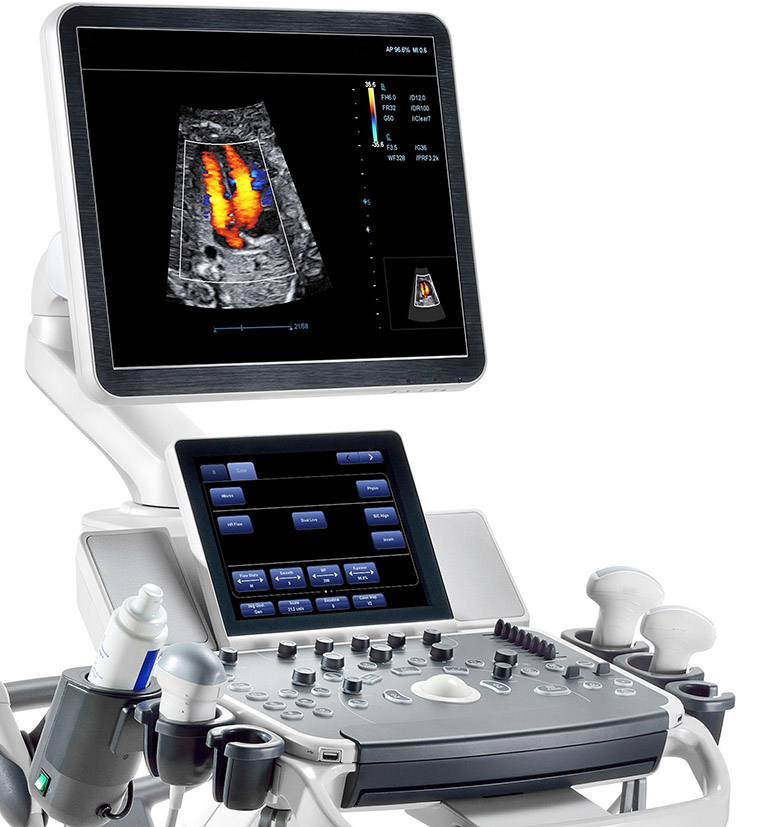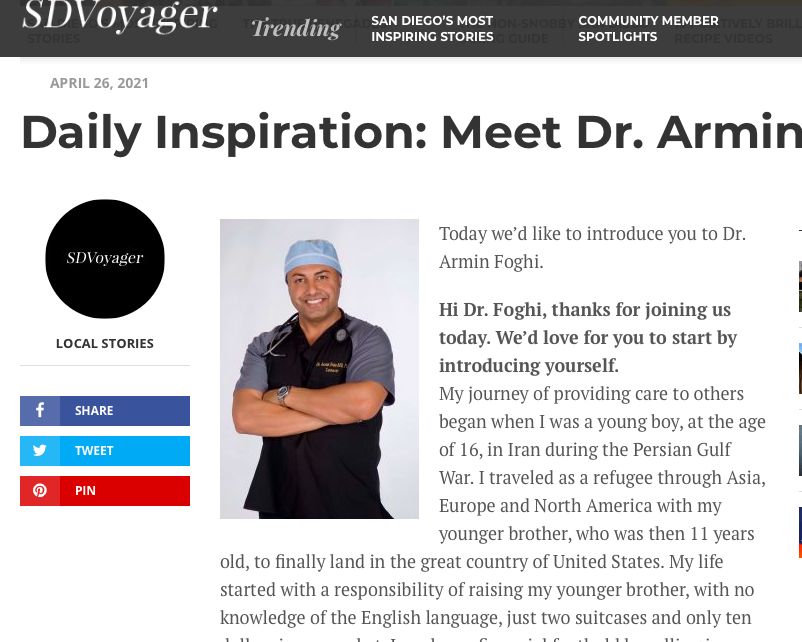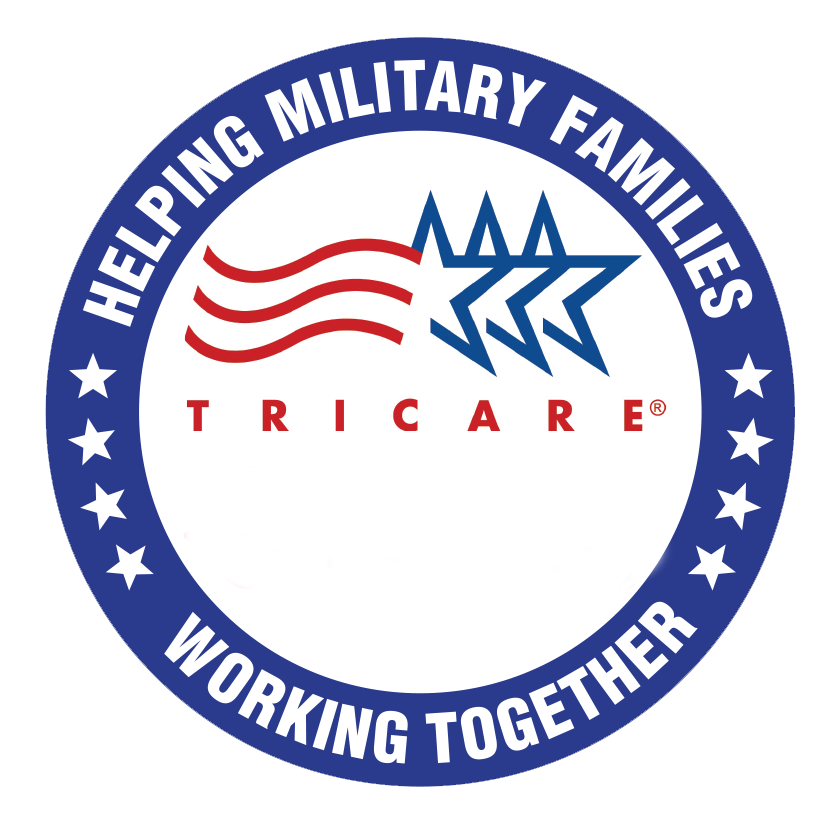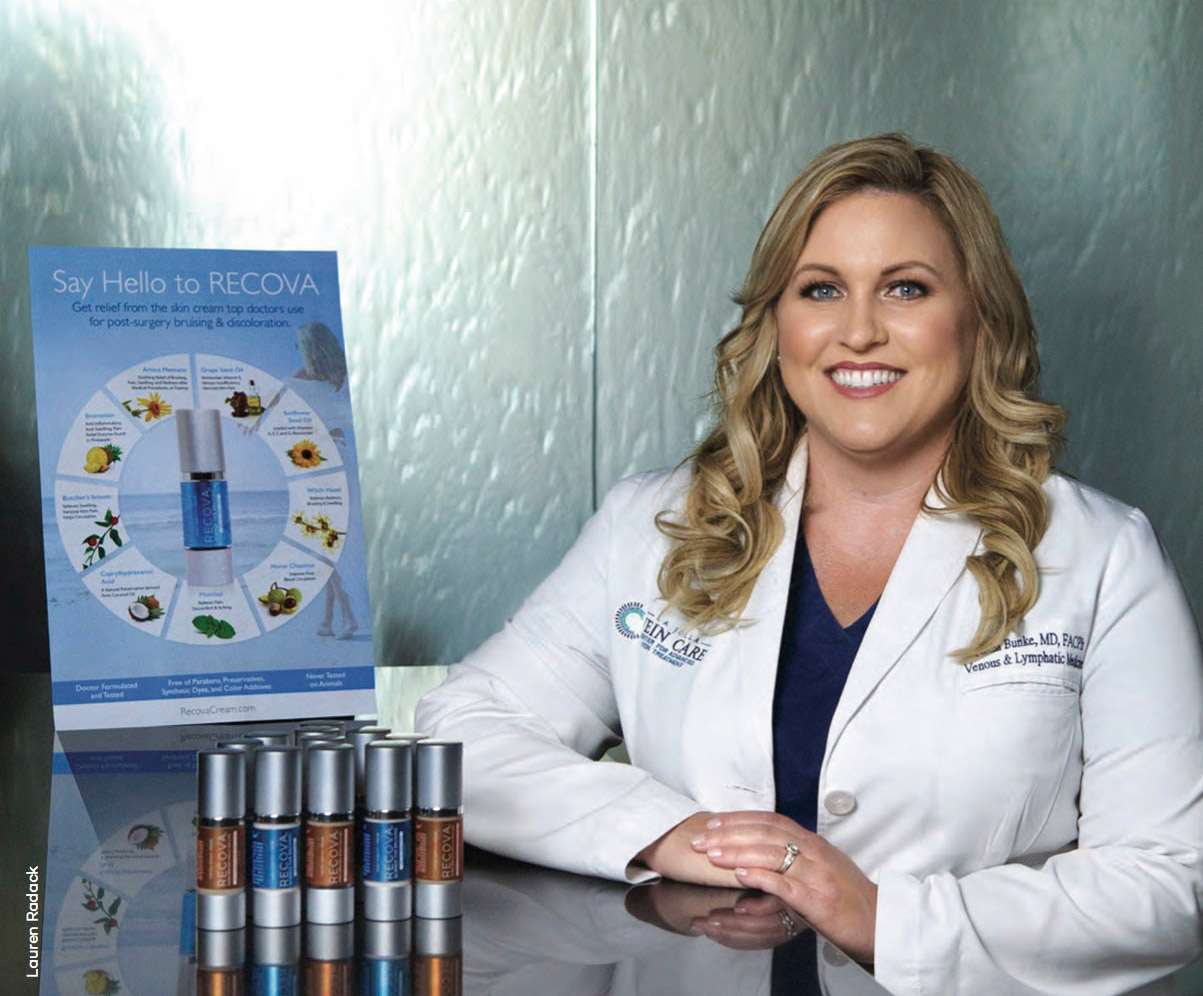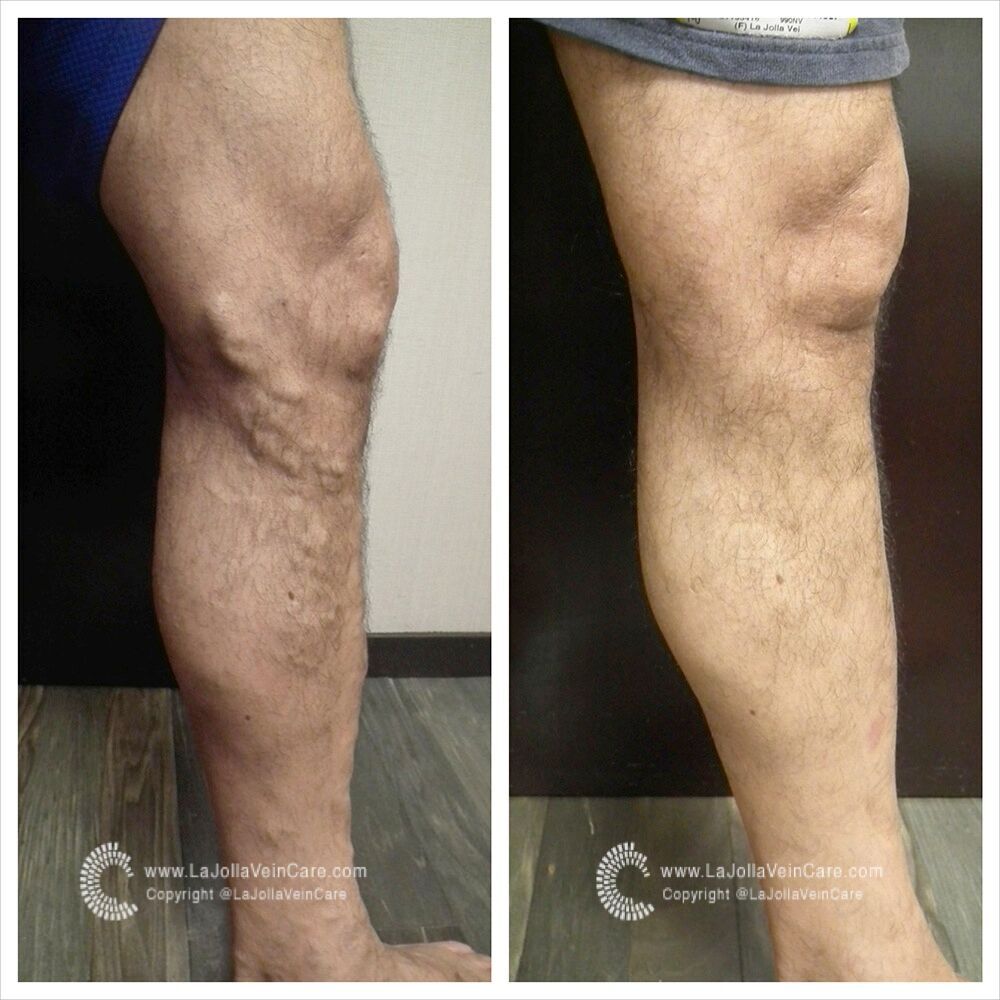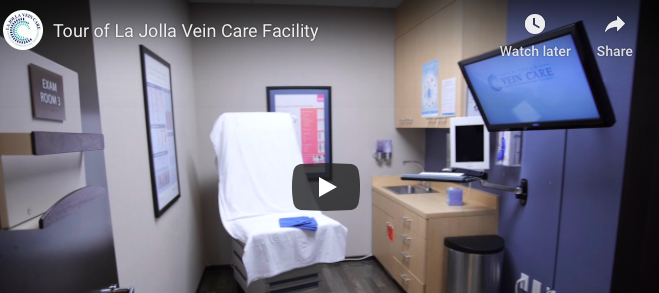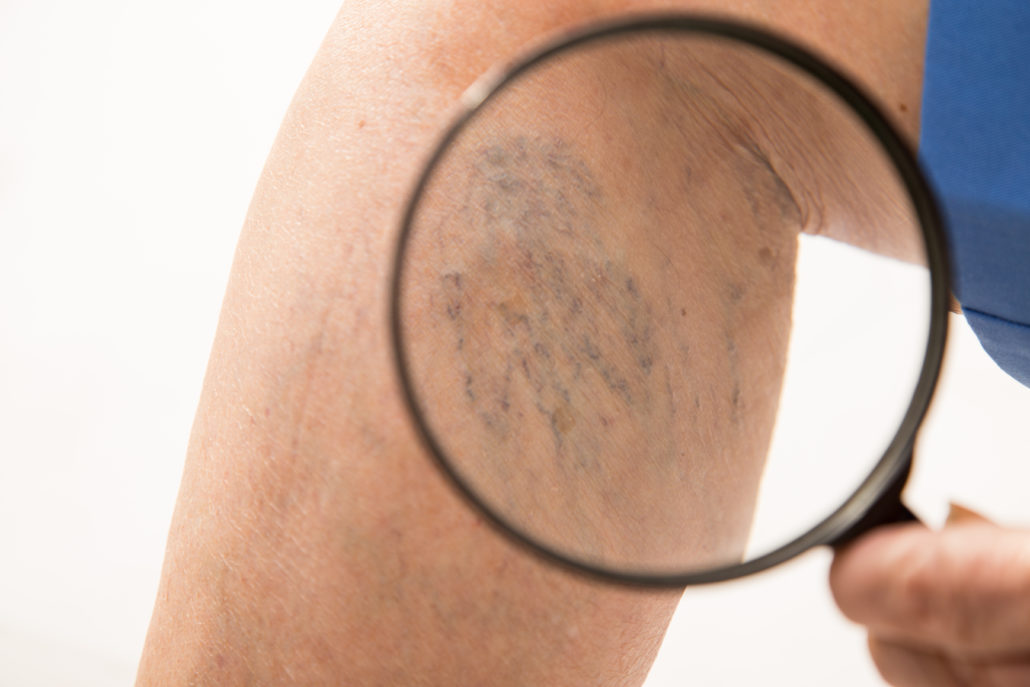How Ultrasound Can Detect Hidden Dangers in Leg Veins
Nisha Bunke2021-05-01T01:06:15-07:00The Duplex Ultrasound examination allows us to visualize the blood vessels that are not visible to the naked eye, even blood vessels that are deep within the muscles. Ultrasound looks at deep and superficial veins in the legs to check for venous-valvular incompetence (the underlying condition that causes varicose veins). The ultrasound examination is […]

